Managing Eden
August 16–October 12, 2003
The beauty of the world we live in has long inspired photographers. Many have sought to bring that majesty to our attention in hopes that we would manage and care for our environment with the respect that it deserves.
Take for example, the outstanding conservational achievements of photographer Robert Glenn Ketchum, and those of Ansel Adams, who, aside from being one of the most well known photographers of the century, served on the board of directors at the Sierra Club for over 35 years. Their breathtaking images raised enough awareness about place to help protect and preserve many natural treasures. The artists featured in Managing Eden share similar concerns but unlike those who choose to show us the beauty, they show us our impact within the natural world at a time when our own actions have brought upon global warming, pollution of air, water, land, and soil, animal extinction, and over-development that threatens the very resources that make life on earth sustainable. Ranging from commercial and societal action to personal connections, these image-makers shed light and understanding on the complexity of our relationships, interventions, and connections within our environment.
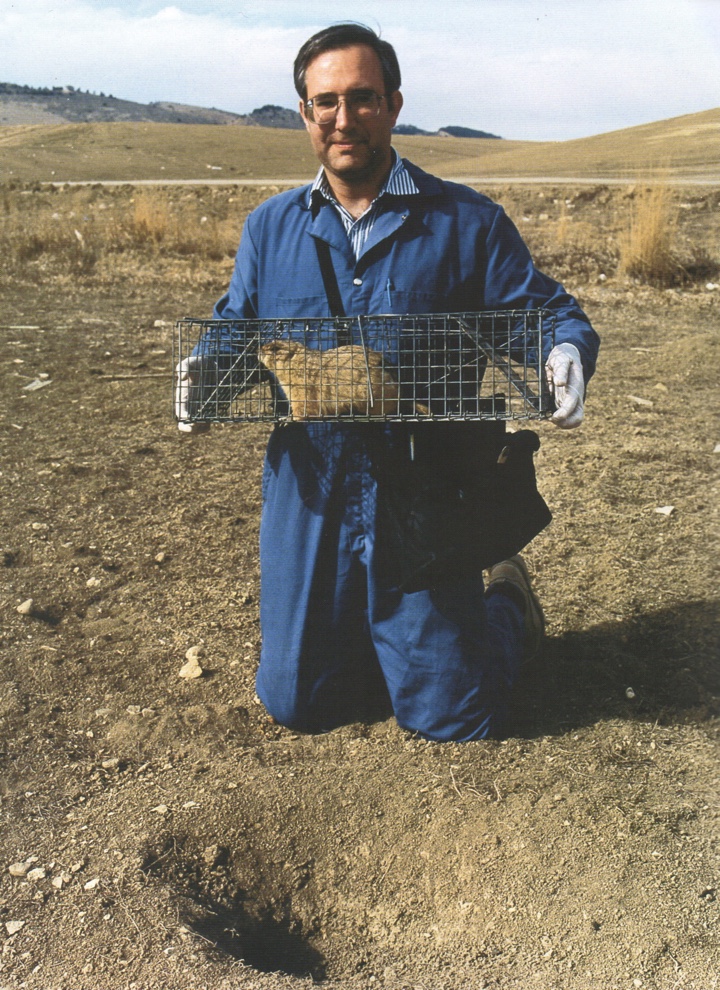
The title of the show was inspired by Joann Brennan’s project Managing Eden. Brennan investigates the many sides of habitat management, scientific experimentation, conservation research, and the debate between intervention and wildness. She questions generalized assumptions … “is the hunter a villain? is the biologist a saint?” and poses questions many are afraid to ask – the answers themselves are often still unresolved and fall precariously between lines of science and morality. Rather than attempting to simplify the issues, she embraces their complexity and opens new doorways to a deeper understanding of just how involved we already are and how much is at stake.
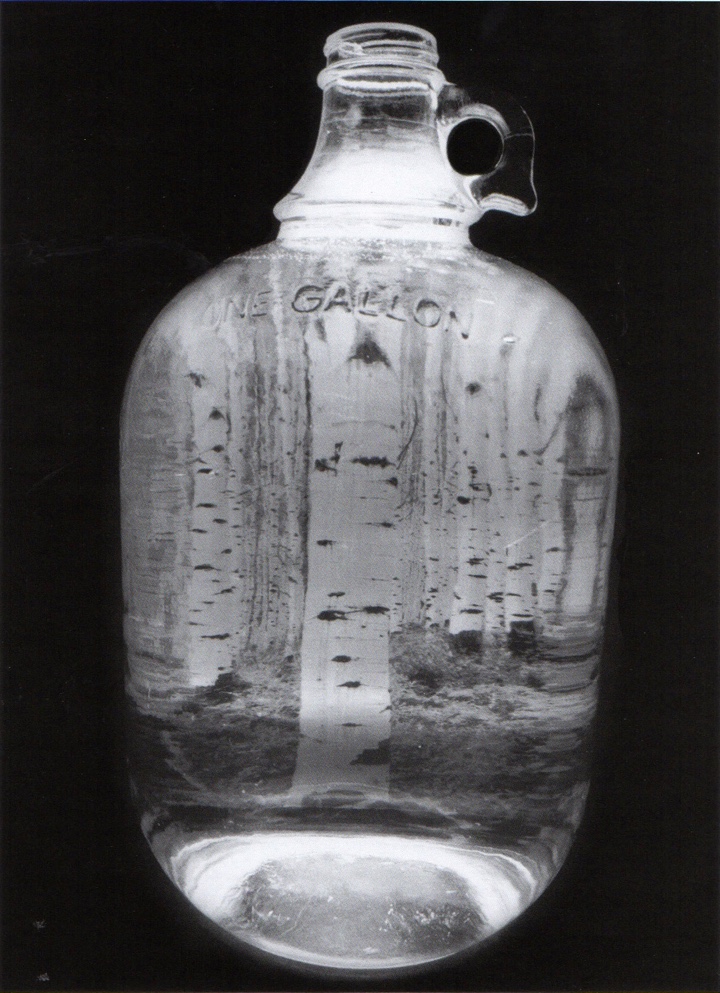
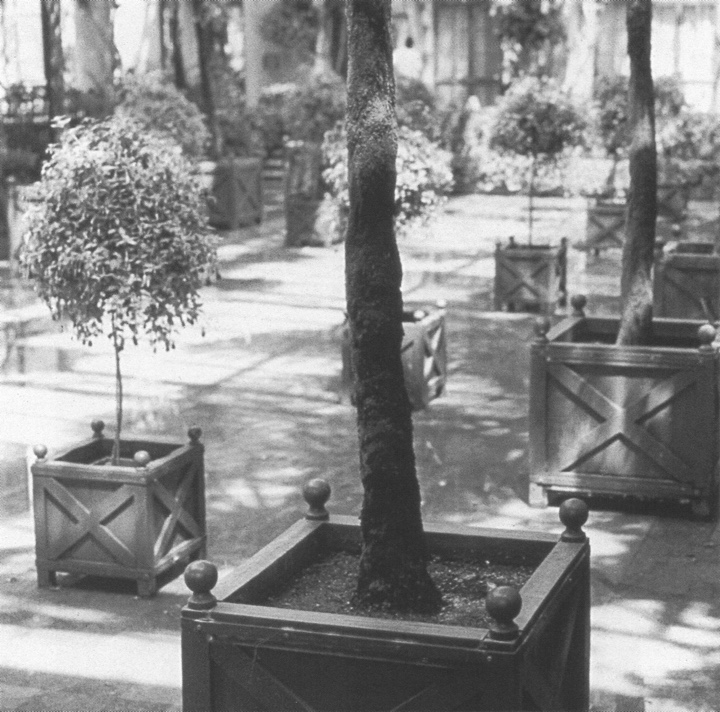

Like Joann Brennan, other artists look at how we attempt to control and contain nature. Derek Johnston’s project, Landscape Specimens, an installation of bottled pristine landscapes, plays with ideas of how we attempt to preserve nature through containment and commodification, addressing our fragmented relationship to it. Johnston asks us to consider the constructed nature of many of our national parks with their sweeping vistas and the bottled nature of what we expect as the American Landscape. His work addresses his own impulses as a photographer of landscape and searchs for something beyond what is promoted as the perfect place for a hike, mountain bike ride, or camping trip. Dana Fritz writes of her inspiration for Garden Views: The Culture of Nature: In both Eastern and Western traditions the practice of gardening reveals simultaneously our distance from and longing for “the natural”. Fritz’s work, while focusing on meticulously cared for and preserved gardens, opens a broader dialogue about both creative engagements with nature, as well as our desire to impose order to the natural world as it exists within our personal and public spaces. In contrast to Johnston and Fritz who examine how we impose order on the natural world, Lori Nix’s work reminds us of the awe-inspiring power the natural world holds. Inherent in her toy filled constructions of natural disasters is the ironic idea that we can wage control over natural elements – when of course, we have no such power. Nix’s images remind us that it is humans who are subject to the whims, order, and patterns of nature.
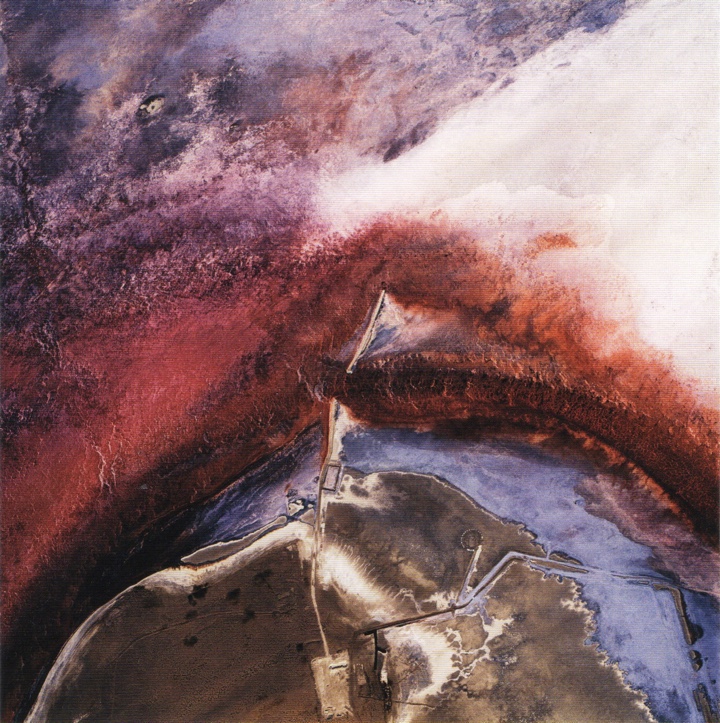
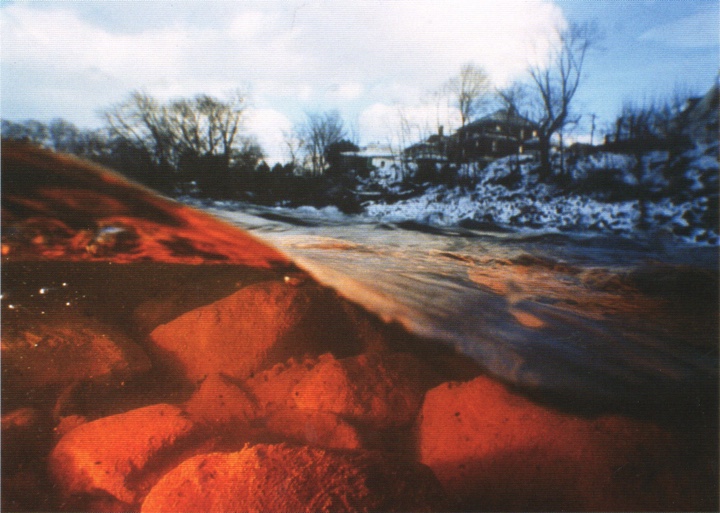
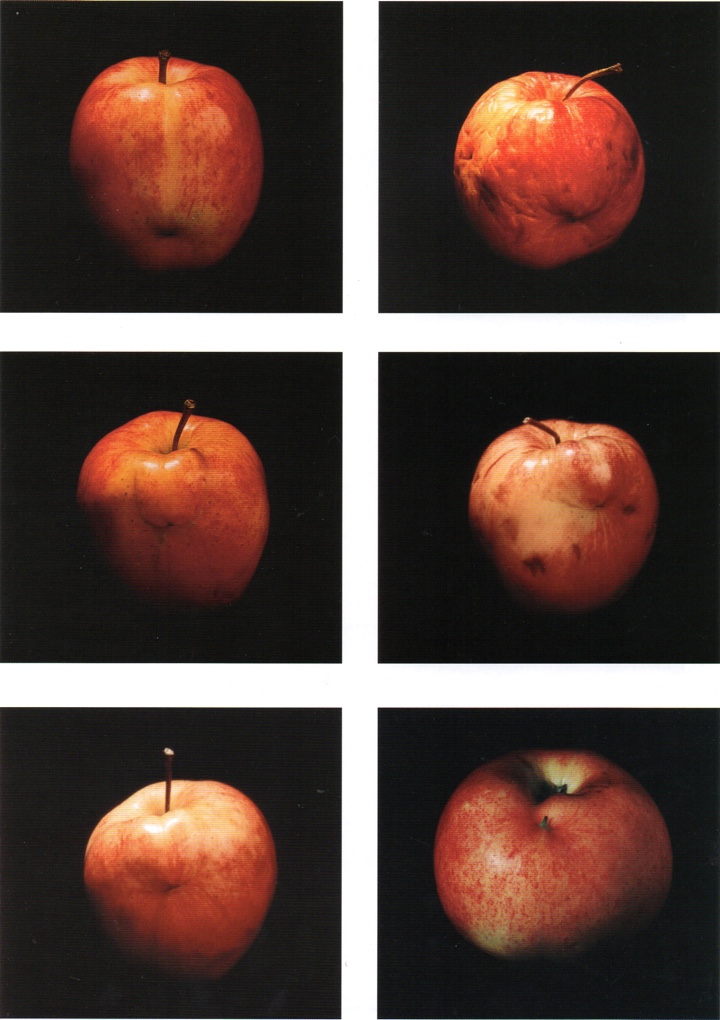
Addressing societal and industrial involvement in the environment, David Maisel, Tim Butler, and Cynthia Greig examine the resulting footprints following the exploration or alterations of Earth’s natural resources.
In David Maisel’s work, we are shown what was “left behind” through his aerial Black Maps, which depict bacterial blooms in Owens Lake, California. This lake was drained to supply water to the inhabitants of Los Angeles in the first quarter of the 20th century. Maisel’s images offer us both a literal and psychological portrait of the landscape as ravaged and scarred yet strangely seductive, and a glimpse of the world as created through our own actions. In the multi-media work of Tim Butler, those who once benefited from such activities as mineral mining are asked to consider the repercussions and its detrimental effects on their own community. From immediate tactile interaction with natural and found elements such as coal, acid drainage samples, iron, and soil itself, to candid interviews with community residents, Butler searches for a sense of environmental stewardship among the American mainstream. Using the archetypical fruit of Eden—the apple—Cynthia Greig weighs the impact of genetic mutation—both natural or manufactured—and now that we’ve actually gone so far as to alter the genetic structure of our food crop, will we know the difference? She asks the viewer to consider how genetic engineering is changing the face of the natural world and the food we consume, as well as its impact upon the future of the human species.

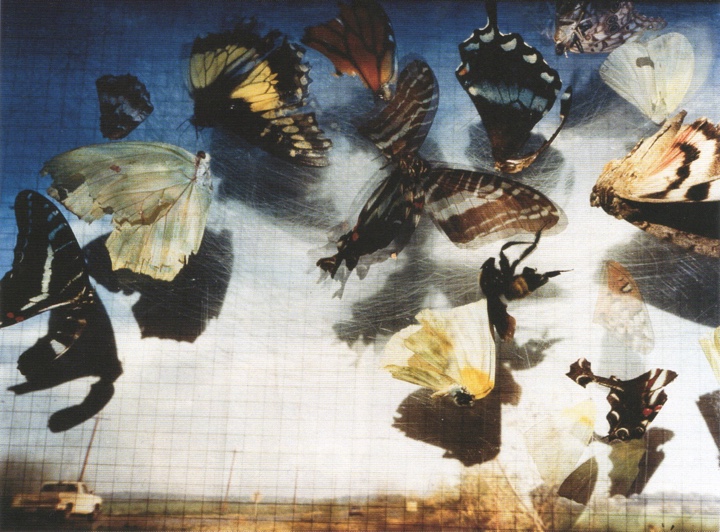
Both Deborah Edmeades and Dornith Doherty approach the natural world from a more personal sense of balance and interconnection. In her video piece, Deborah Edmeades offers a meditation on the relationship between humans and nature. As she sits within a wooded area, Edmeades creates sounds, which merge with that of her surroundings. Her gestures of containment within the frame seem to embody all that we hear and the result is an opportunity to consider our own balance and impact on the world in which we live. Navigating the border between nature and artifice, Dornith Doherty merges art and science to investigate the cycles, rhythms, and transitory nature of life, and our own interwoven connections and temporal existence. She writes: Rather than approach these managed natural spaces from a documentary perspective, these constructed photographs employ a personal, expressive stance to explore the anxiety inherent in contemporary culture as we confront new scientific possibilities manipulating our environment.
The concerns presented in Managing Eden ask us to consider our own agency and relationships. If we were to think on Greig’s apples as a metaphor, have we taken the bite that will expel us from the proverbial Garden of Eden? In our questionable “mastery” of our environment, have our actions set us on a path whose course will result in our own demise – either through the depletion of Eden’s treasures or the transformation of it into an inhospitable environment? The artists in Eden inform us that the issues we face are complex, crucial, and yield great consequences to our future. Managing Eden artist, Derek Johnston writes: for me the real value and beauty of the natural world is not an achievable physical place; it is about forming a relationship with nature in which one can feel, understand, and participate in the earth’s cycles
. The artists in Managing Eden, while showing us real and sometimes disturbing views, affirm the importance of the issues at hand and the ability of art to be used as a catalyst, communicating, informing, dialoguing, and changing the way we think about and interact with the world we live in.